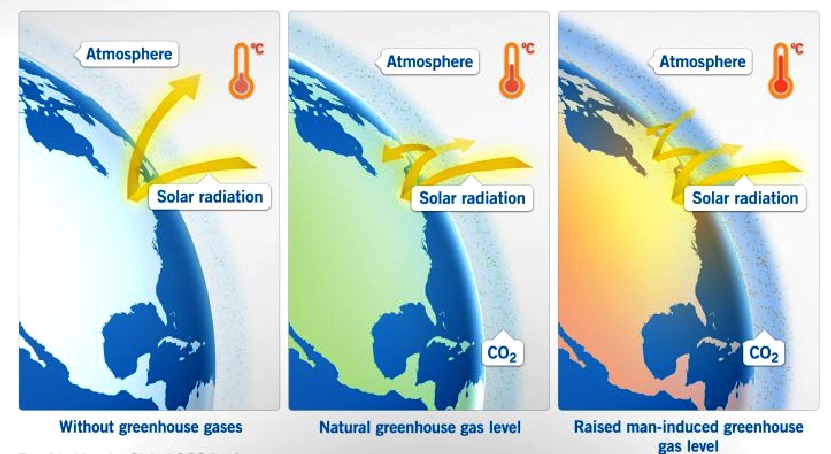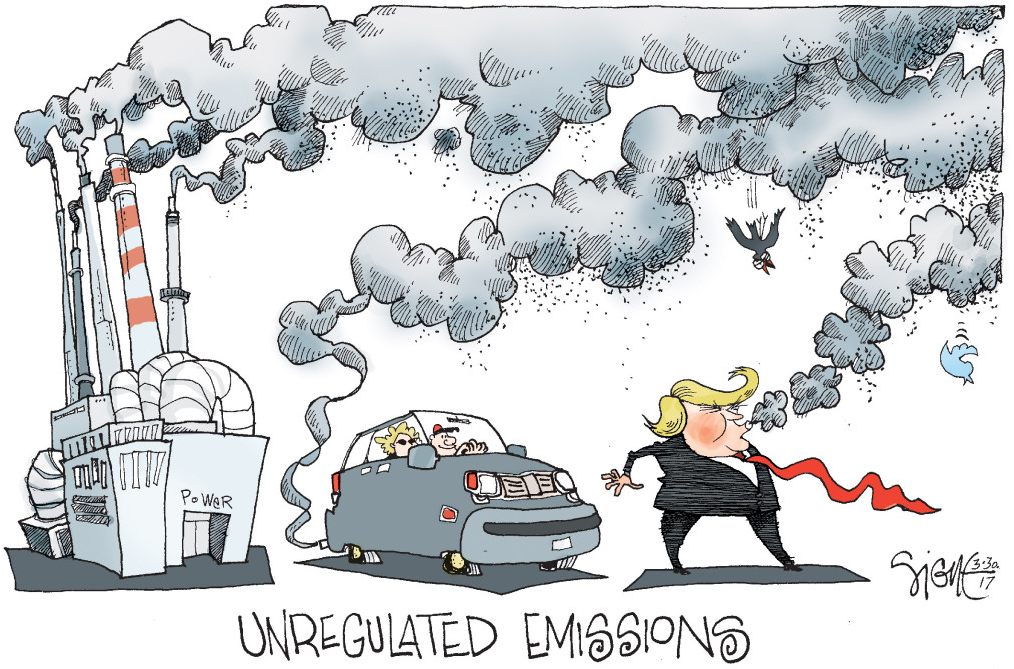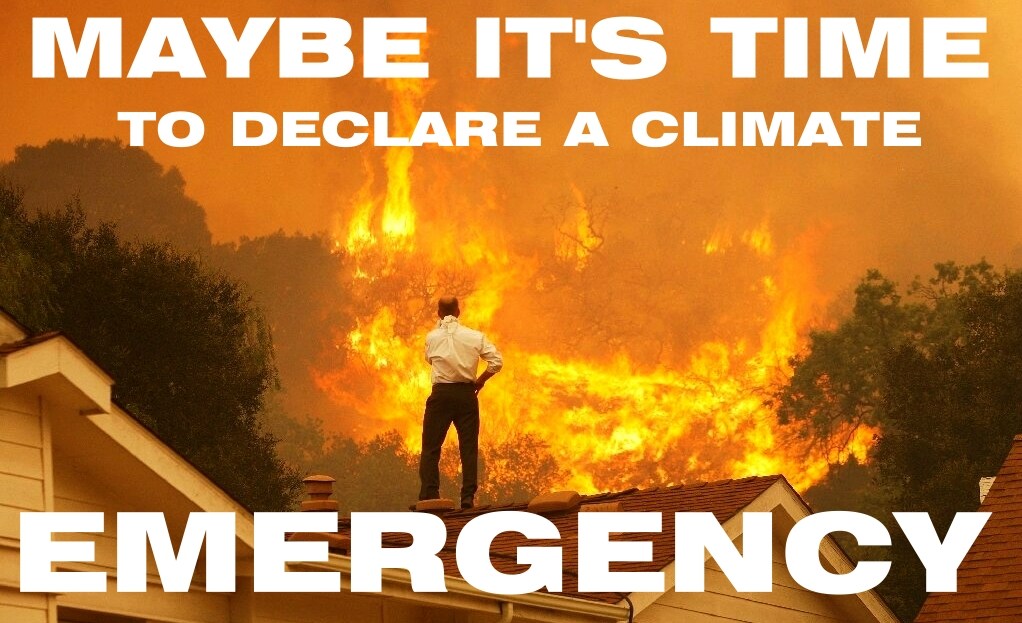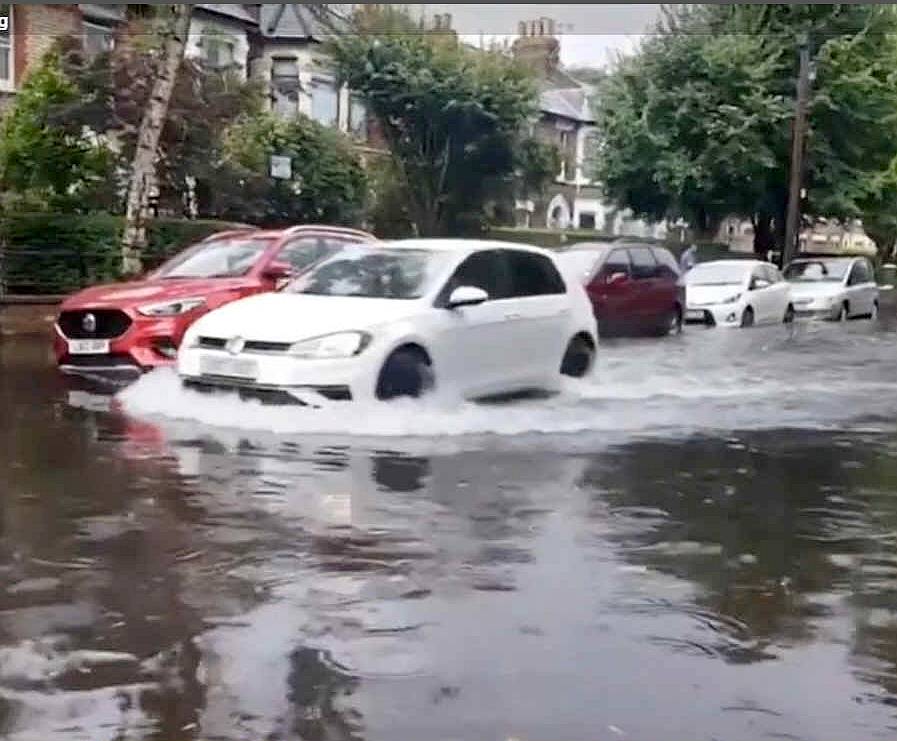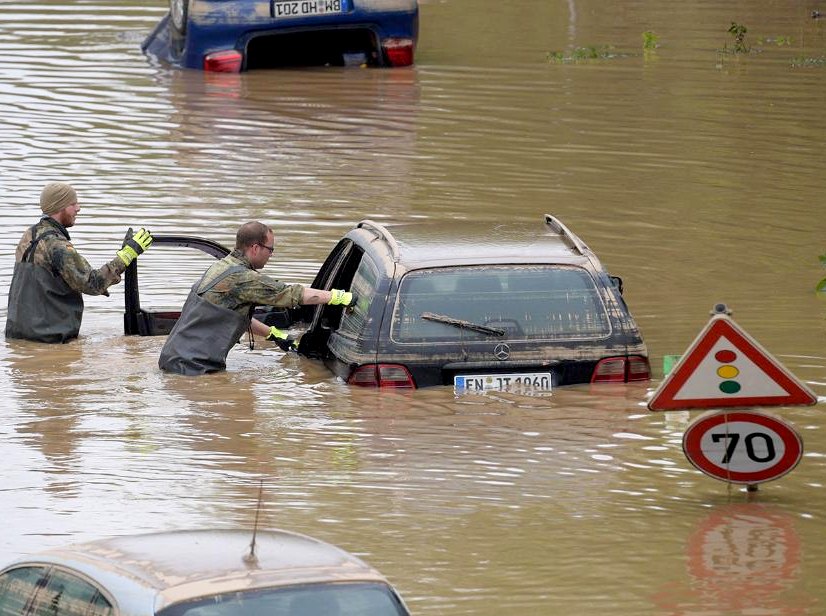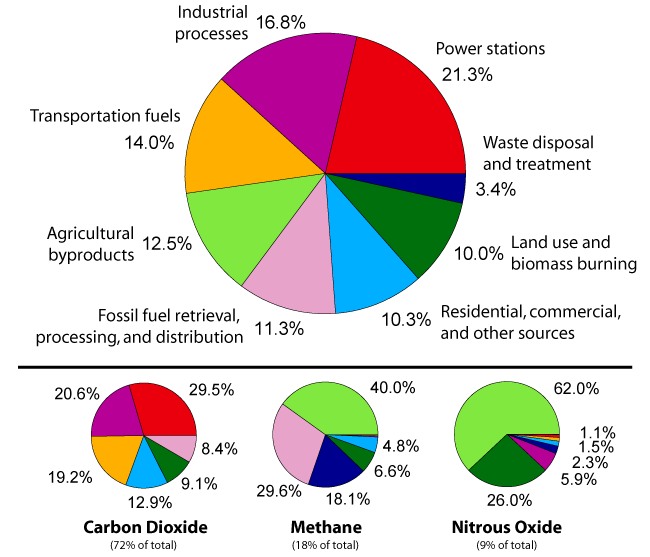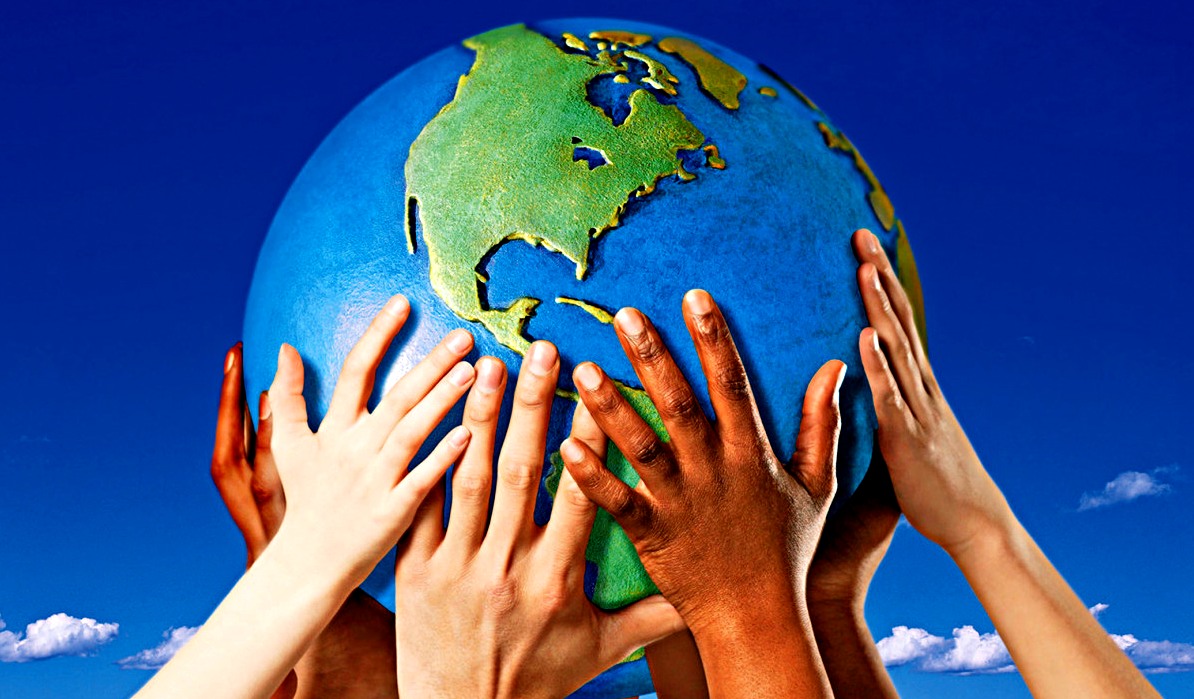|
CHAOTIC CLIMATE WARMING
Please use our A-Z INDEX to navigate this site or return HOME
|
|||||||||||||||||||||||||||||||||
The Cleaner Ocean Foundation works to help protect the "seven seas" from the effects of anthropogenic global warming. Climate change is worsening an already unprecedented scarcity of resources, including water and farmable land in some of the world's most volatile and impoverished regions.
Carbon
dioxide (CO2)
is essential to life on Earth but too much in the atmosphere is a bad
thing where greenhouse
gases prevent
the sun’s heat from escaping back into space, keeping the Earth warmer
than is comfortable for plants and animals to survive - hence changing
our climate.
The US voted out Trump, but not until he'd done significant damage to the Paris Agreement, adding fuel to global warming. What were they thinking of voting him in, other than dollars and cents. The heat waves in California and Canada may in part be attributed to irrational voting behaviour, that ruthless politicians take advantage of, to deny what should be obvious to everyone.
ENERGY BUDGET
Climate change occurs when changes in Earth's climate system result in new weather patterns that last for at least a few decades, and maybe for millions of years. The climate system is comprised of five interacting parts, the atmosphere (air), hydrosphere (water), cryosphere (ice and permafrost), biosphere (living things), and lithosphere (earth's crust and upper mantle).
The climate system receives nearly all of its energy from the sun, with a relatively tiny amount from earth's interior. The climate system also gives off energy to outer space. The balance of incoming and outgoing energy, and the passage of the energy through the climate system, determines Earth's energy budget.
When the incoming energy is greater than the outgoing energy, earth's energy budget is positive and the climate system is warming. If more energy goes out, the energy budget is negative and earth experiences cooling. Oh joy. How do we arrange for that?
The hardest thing to do when thinking of ways to combat climate change: is change.
Many countries have declared a state of climate emergency, but carry on as before, hoping to gain economic advantage over their neighbours. China, India, Russia and the USA are some of the most two-faced. At least Trump admitted that he was not going to agree to any binding targets. In that respect he may be more honest, but it is generally agreed outside the US that he's still wrong to gamble with the lives of billions - without any rescue or reserve plan. Come on Donald, it's okay to admit a mistake.
SIX WAYS WARMING IS AFFECTION OUR OCEANS :-
1.
Coral bleaching
2.
Fish migration
3. Fish shrinkage
A new study (21-8-17) by researchers at the University of British Columbia explains that fish are cold blooded and cannot regulate their own body temperatures. Thus, when their waters get warmer, their metabolism accelerates and more oxygen is needed to sustain body functions. For this reason fish could shrink in size by 20 to 30 per cent if ocean temperatures rise by just 2°C (3.6°F) - about what is expected to occur around the world by the mid-21st century.
4.
Drowning wetlands
5.
Ocean acidification
6.
A disastrous positive feedback loop
BELGIUM, UK & GERMANY JULY 2021 - Floods in London cause huge damage to property, with temperatures soaring. Despite this, one crisis now circulating is the “global water crisis”. That, in combination with the global warming crisis, of course is leading to mass crop failures, thirst and later mass starvation in hundreds of millions, unless we act now. The German states of Rhineland-Palatinate and North Rhine-Westphalia were worst hit, but the Netherlands is also badly affected.
Water covers 70% of our planet, and it is easy to think that it will always be plentiful. However,
freshwater - the stuff we drink, bathe in, and irrigate our farm fields
with - is incredibly rare.
It is a clash of competing necessities, between drinking water and energy demand. Behind the research is a group of researchers from Aarhus University in Denmark, Vermont Law School and CNA Corporation in the US.
IRAN - On 23rd July, protests in Khuzestan province entered their 8th day. These protests initially started due to the water shortages that have made life for Iranians there unbearable. The regime has created and worsened the water crisis in Khuzestan by adopting wrong policies. A whopping 3 billion cubic meters of water evaporates annually from dams nationwide, head of water technology development workgroup at the Presidential Office for Science and Technology said.
SIX CHANGES TO GET OUT OF THIS MESS
1. TRANSPORT: Phase out polluting vehicles. Government aims to end the sale of new petrol, and diesel vehicles by 2040 but have no infrastructure plan to support such ambition. Marine transport can be carbon neutral.
2. RENEWABLES: Renewable energy should replace carbon-based fuels (coal, oil and gas) in our electricity, heating and transport. Conventional energy exploration companies should consider a phased transition to green alternatives.
3. HOUSING: On site micro or macro generation is the best option, starting with sustainable new homes built of renewable materials that lock carbon and are affordable. Offering planning rights free to encourage eco builds and cut out empire building councils that add significant costs and legal obstacles to hinder progress.
4. AGRICULTURE: We need trees to absorb carbon emissions from a growing population, fossil fueled air travel, and to build new homes. We need to reduce food waste and promote less energy intensive eating habits such as no meat Mondays.
5. INDUSTRY: Factories should be aiming for solar heating and onsite renewable energy generation until the grid is all solar and wind powered.
6. POLITICS: - National governing bodies need to adopt policies to eliminate administrative wastages, to include scaling down spending on war machines, increase spend on educating the public and supporting sustainable social policies that mesh with other cultures. We need an end to local empire building kleptocrats.
INFOGRAPHIC - Fossil fuel burning has produced about three-quarters of the increase in CO2 from human activity over the past 20 years. The rest of this increase is caused mostly by changes in land-use, particularly deforestation. Another significant non-fuel source of anthropogenic CO2 emissions is the calcination of limestone for clinker production, a chemical process which releases CO2.
Combustion of fossil fuels generates sulfuric, carbonic, and nitric acids, which fall to
Earth as acid rain, impacting both natural areas and the built environment. Monuments and sculptures made from marble and limestone are particularly vulnerable, as the acids dissolve calcium carbonate.
CLIMATE CHANGE COP HISTORY
1995
COP 1, BERLIN, GERMANY 2020 COP 26/CMP 16/CMA 5, Glasgow, Scotland 2021 COP 26/ Glasgow, Scotland 1-12 November
DESERTIFICATION COP HISTORY
BIODIVERSITY COP HISTORY
The sky at night in Sussex, usually a Shepherd's delight, but now looking like a warning.
Please use our A-Z INDEX to navigate this site
|
|||||||||||||||||||||||||||||||||
|
This website is Copyright © 2021 Jameson Hunter Ltd
|
